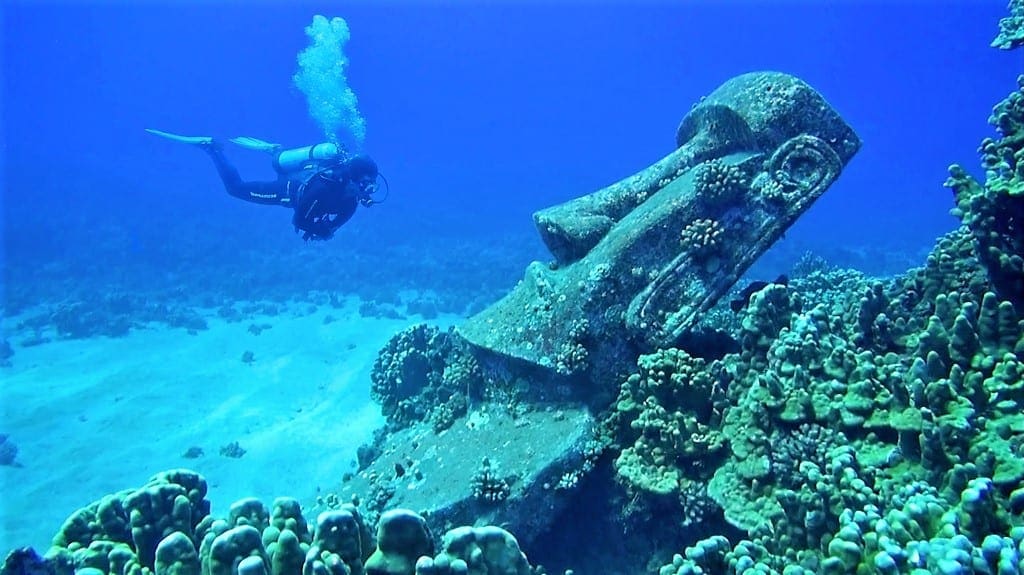Chile, the world’s longest country, is home to an abundance of ancient historical sites set in some of the world’s most dramatic scenery.
From the oldest mummies ever discovered, found in the vast Atacama Desert to the mysterious Moai statues of tropical Rapa Nui, visitors can discover some of South America’s most spectacular and lesser-known archaeological sites in Chile.
The Chinchorro Mummies in Arica, Northern Chile
Found in the arid Arica coastal valleys in northern Chile, the Chinchorro Mummies are the oldest in the world. The Chinchorro people settled in Arica in 7,000BC and developed the technique for mummification in 5,000BC, pre-dating Egyptian practices by 4,000 years. An estimated 282 mummies have been discovered, each carefully preserved using sophisticated techniques including the removal of internal organs, replacement with vegetable fibres or animal hair and embalming with clay. Located just outside the port city of Arica, famous for its surf beaches, guests can visit the Museo Arqueológico San Miguel De Azapa to learn about the pre-historic Chinchorro people who inhabited the desert bays of the Atacama Desert in Chile.
The ‘Atacama Giant’ and Geoglyphic Art of the Atacama Desert
Carved into the side of Mount Unitas in the Atacama Desert, the white lines of the ‘Atacama Giant’ figure span 119m and is the most well-known of Chile’s geoglyph impressions. Dating from the 10th Century, the ‘Atacama Giant’ represented an ancient Andean deity the Tunupa-Tarapaca, who according to legend travelled from Lake Titicaca to the Pacific Ocean and was also used as an early astronomical calendar for crop cycles. More than 5,000 geoglyphs have been recorded across the Atacama Desert’s hillsides, pampas grasses and valley floors. The figures range from zoomorphic designs (animals such as Llamas, lizards and eagles) and human figures, to geometric forms designed by the Tiwanaku and Inca people. Visitors to the Atacama, the driest desert in the world, can view the geoglyphs by jeep tour or air.
The Moai of Rapa Nui (Easter Island)
Home to 900 megalithic statues dating from the 11th Century, the mysterious Rapa Nui Moai (Easter Island statues) are a sight to behold on the isolated island in Chilean Polynesia. It is thought that the giant statues, which range in size from 1m to 21m and can weigh up to 14 tons, may represent ancestors or chiefs of the Rapa Nui people, however the purpose of their construction is still unclear. Theory states the building of these monuments caused the downfall of the Rapa Nui civilisation as construction depleted the island of many trees (used to transport the Moai) and exposed soil to harsh winds which caused the land to dry and crops to fail. Accessible via a five-hour flight from Santiago, guests can explore the ancient sites of the island by car, bicycle and scuba diving or discover the intriguing culture of the Rapa Nui people during the annual Tapati festival in February.
Paredón de las Manos National Monument
The ‘Wall of Hands’ in the breathtakingly beautiful Aysén region of Patagonia, spans a 35-metre wall which was painted over 5,000 years ago by the nomadic Tehuelches people. From the nearby Old School Museum, visitors can take guided tours to discover the impressive wall, featuring over 120 vibrant red handprints made by both adults and children – making up one of the oldest artistic expressions of the South American peoples. This unique UNESCO World Heritage Site forms part of an archaeological circuit of more than 10 ancient painted walls to visit, spread over the area of Cerro Castillo.
For more information on Chile’s archaeological sites, visit: chile.travel/en/what-to-do/culture/archaeology. Photos : Chile Travel.

